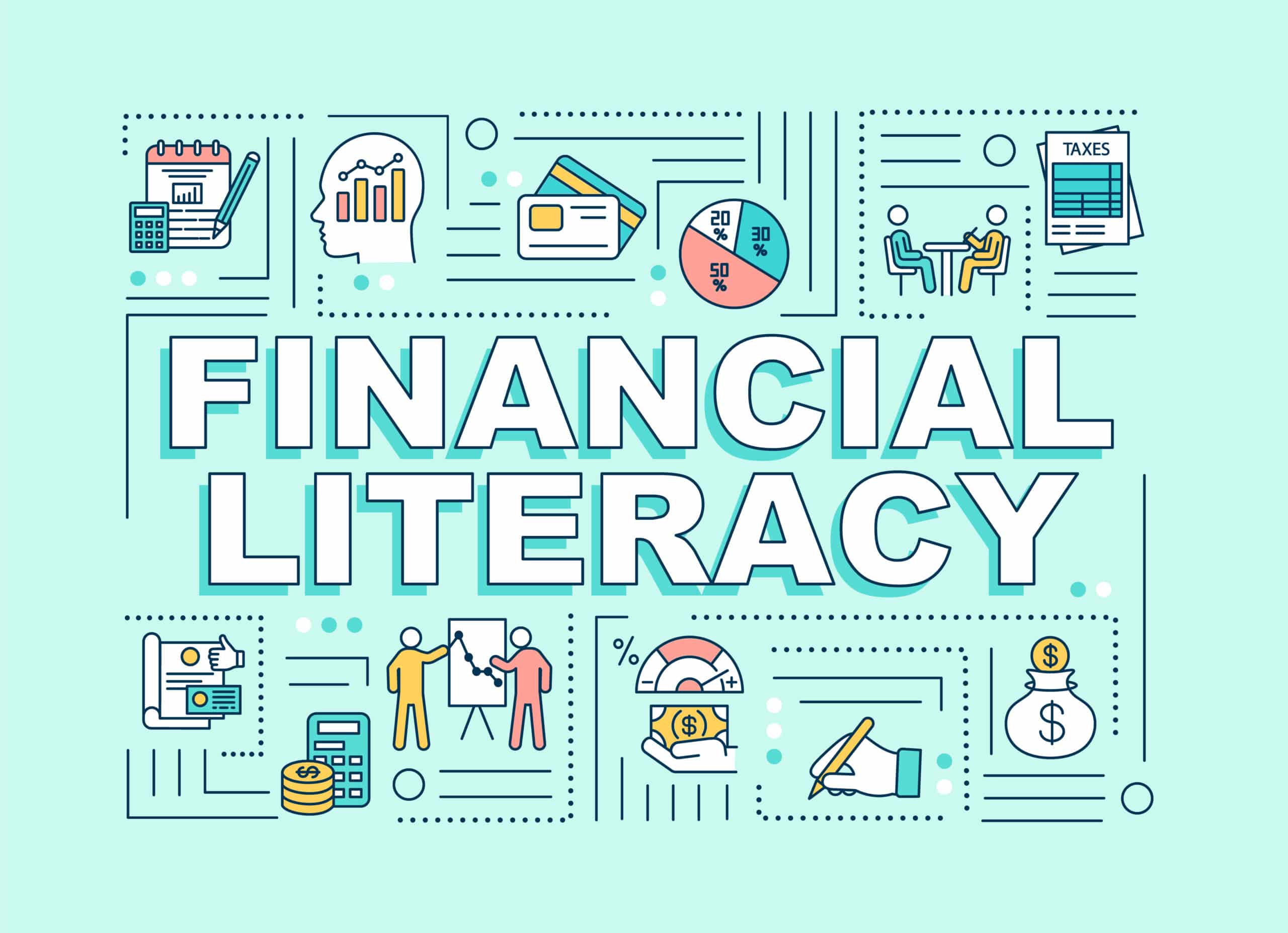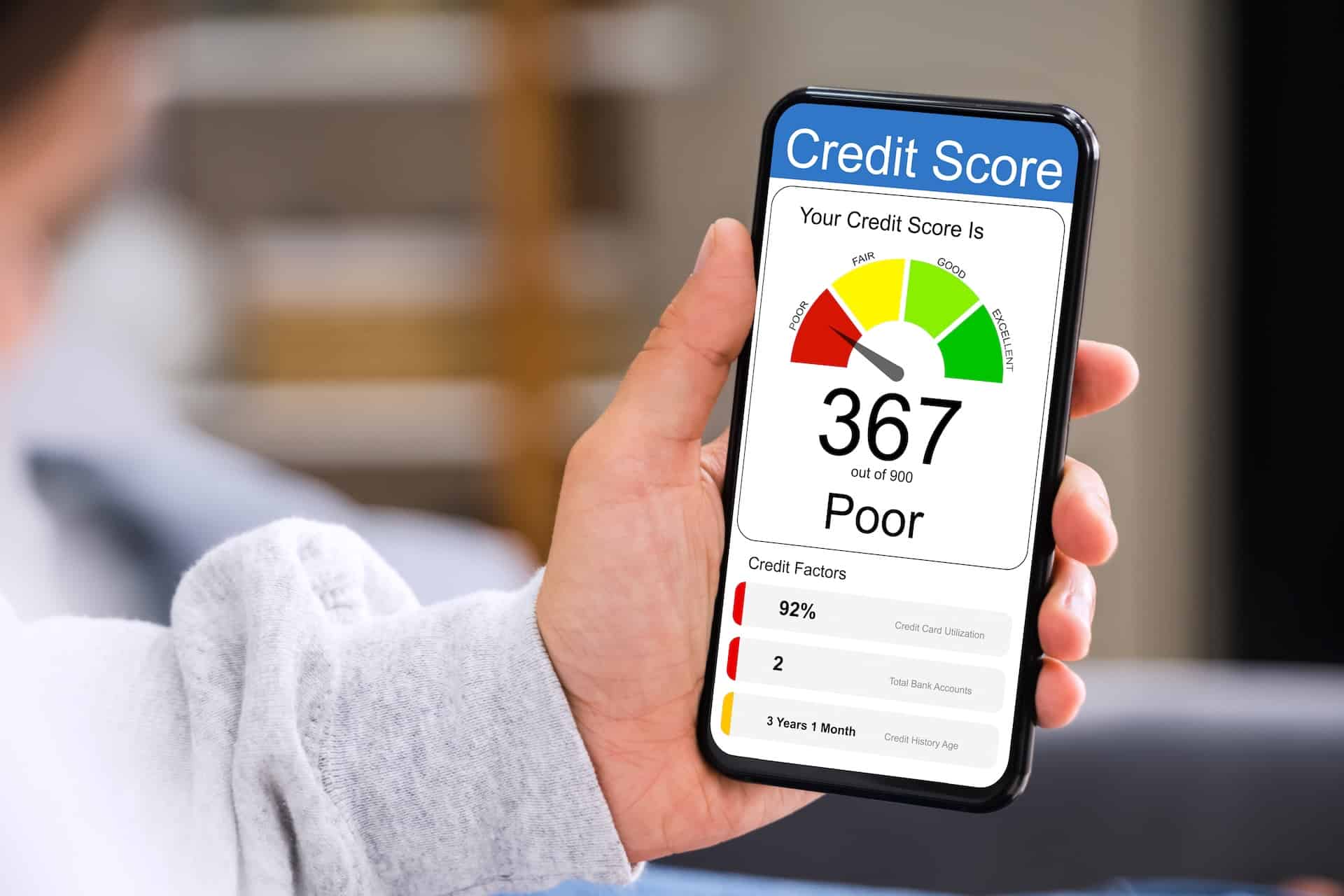Credit Sesame supports Financial Literacy Month wholeheartedly, but what is it?
Financial Literacy Month happens every April. Its current form launched as the Financial Literacy for Youth Month in 2000. In 2004 it was recognized by the US Senate as an official annual event, the “for youth” disappeared, and it became simply Financial Literacy Month. This acknowledged that many adults want to want to improve their financial literacy. Now open to everyone, it may be fair to say its focus remains on helping teachers to promote financial wellness and understanding in schools. Jump$tart is the “owner” of Financial Literacy Month. They describe their mission as follows:
Jump$tart is a coalition of diverse financial education stakeholders. These organizations work together to educate and prepare our nation’s youth for life-long financial success.
Is Financial Literacy a Problem in America?
In 2021, the Milken Institute published a study, “Financial Literacy in the United States.” Its authors wrote:
“The empirical evidence suggests that many individuals in the US — both young and old — lack the basic knowledge and skills required to engage in sound financial decision-making, a situation that significantly threatens their prosperity and financial wellbeing.”
Back in 2014, Standard & Poor’s commissioned another study, “Financial Literacy Around the World.” It seems American adults have a financial literacy rate of 57%, compared with a worldwide average of 33%. Good, right?
We’re doing better than many countries, but the findings weren’t all good:
- Australia, Canada, Denmark, Finland, Germany, Israel, the Netherlands, Norway, Sweden and the United Kingdom all did appreciably better than the United States
- If 57% of American adults are financially literate, it means 43% could better manage their finances
Why It’s Hard to Manage Your Personal Finances Better
There are other reasons to be worried about Americans’ ability to manage their personal finances well:
- The US has fewer consumer protections over financial matters than many other nations, especially member states of the European Union. So, predators may be able to get away more easily with ripping us off
- New and more complex financial products are launched all the time, and existing ones evolve constantly. These innovations are often difficult to understand, even for the financially literate
- New technologies can be very helpful to many consumers. But they raise fresh issues, such as data security, privacy and who’s responsible for fraud and errors
The more you know, the more you realize there is to know. With the buzz around Financial Literacy Month, now is the time to take control of your finances, your financial wellness and enter a state of financial well-being.
Why Should You Care About Financial Literacy Month?
Twenty years ago, people had a bank account at a bricks and mortar bank, one credit card and a mortgage — maybe. Enter the Internet and competition for online bank accounts, credit cards, mortgages, re-financing opportunities, and personal loans flooded the financial products available to consumers. Financial management suddenly became more complicated because of the number of possible solutions to every financial requirement. How to know which product is best? Why might you want more than one credit card? Should you re-finance your home mortgage? Is your credit score really that important?
Even if you are comfortable financially, you may be anxious to know for sure that you are using your hard-earned money as efficiently as possible. The better you understand and manage your finances, the better your financial well-being.
Central to financial well-being is understanding the products and services and how to compare them. What should you look at when seeking a credit deal for an important or expensive purchase? What to compare when looking for a loan? Financial Literacy Month wants to help people to understand:
- Annual percentage rates (APRs) and why is it a better indicator of a good deal than the raw interest rate.
- Compound interest and its impact on borrowing and saving.
- Inflation and how this affects the buying power of your earnings.
- Numeracy – for example, how percentages work.
A survey asked, “Suppose you borrow 100 US dollars. Which is the lower amount to pay back: 105 US dollars or 100 US dollars plus three percent?”
Lots of people got the wrong answer. Would you get it right?
The answer is $100 plus 3% ($103) is lower than $105.
Most people could also benefit from understanding more about saving and investing. Do you know about “risk diversification?” It just means not putting all your eggs in one basket. Instead you should normally spread your investments (and risks) across lots of different banks, funds, companies and sectors. This what professional investors do.
A basic understanding of these concepts helps you make better decisions.
Credit Scores are Key
Perhaps the biggest benefit of financial literacy comes when you learn to actively manage your credit score.
Syracuse University has published a report called, “The Cost of Bad Credit.” And it lists loads of examples of how much more someone with bad credit can pay for a loan than someone similar with great credit. Some of the numbers are scary:
- Want to enrol in an undergraduate degree? Bad credit could cost you an additional $48,425.24
- Need a car loan? Bad credit could cost you an additional $9,320.00
- Want a credit card? Bad credit could cost you an additional $4,975.23
- Need to rent a home? Bard credit could add an extra $1,006 security deposit
- Take out homeowners or car insurance? bad credit could add $1,934.60 to your premiums
- Seeking employment? A prospective employer might ask you to authorize a background check before offering you a job. It may access a credit report that includes most of the information a lender sees apart from your credit score and your date of birth.
These examples show clearly the disadvantages associated with bad credit. A little more financial savvy and you could be on your way to increasing your credit score and earning cash.
How You Can Harness Financial Literacy Month
Take advantage of the large amount of learning materials available online. Jump$tart’s Financial Foundation for Educators was initially set up for teachers and parents, but everyone is welcome to sign up and use the materials. You have to register (just first name, last name and email address) to begin downloading modules explaining:
- Spending and Saving
- Investments
- Credit and Debt Management
- Risk Management and Consumer Protection
At the time of writing, only the first two of those modules were available. The last two were still under development. Hopefully, they’ll be accessible soon.
Access Other Learning Tools
There are other materials available through Jump$tart’s website. It has a clearing house page that can help parents, other adults and kids understand a broad range of topics that can promote financial wellbeing. Search there for topics you need to understand. Popular subjects when we visited the page included “Credit Essentials for Everyone” and “Understanding Amortization.”
Everyone Has Something to Lean
People often feel embarrassed to have gaps in their financial knowledge. The truth is, we can all learn. I have been a financial writer for nearly 15 years and I still have to check facts about financial products. Jump$tart has excellent information and it is written to be understandable. Don’t be put off that much of the material is written with children in mind. This is a good thing. It means the text is not stuffed with complicated financial terminology.
Find help locally
Financial Literacy Month is a time when Jump$tart’s coalition partners promote their own efforts to improve financial wellness. You may be able to find help and materials from an organization close to you. Do a web search for “[Your state, county or city] Financial Literacy Month.” You may find special events or new publications launched to coincide with the month. Remember, the coalition partners operate year-round. Think of them as a continuing resource.
Who Makes Money from Financial Literacy Month?
No-one. It’s a non-profit. And it comprises well over 100 organizations, including at least one in each state. Financial Literacy Month is an initiative of Washington DC-based Jump$tart Coalition for Personal Financial Literacy, which is a 501(c)(3) tax-exempt organization.





















